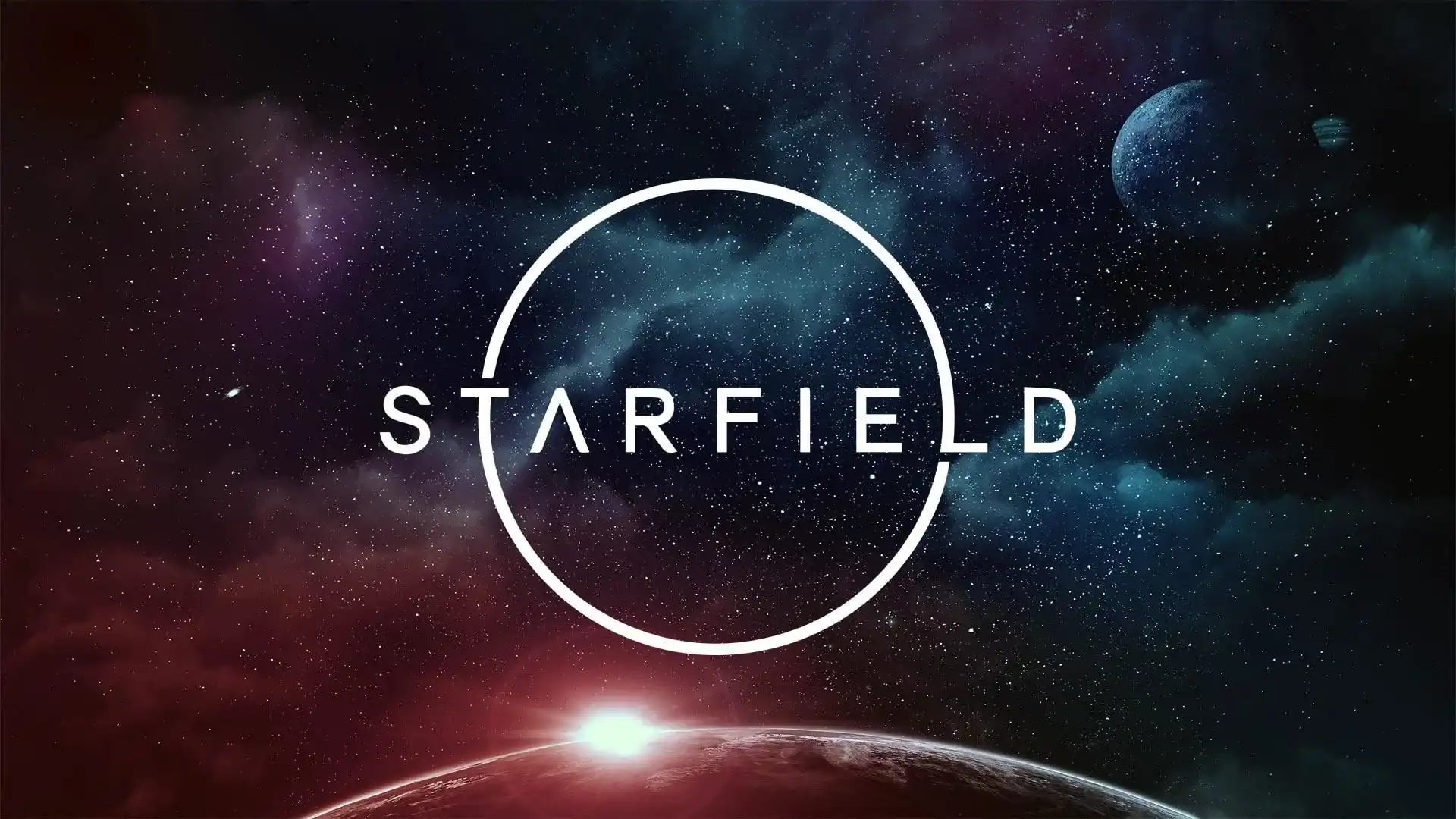Starfield is Bethesda's upcoming single-player space RPG (Role-Playing Game). The game development studio has a long history of incorporating distinct features into their games and Starfield is no exception. Among the speculated features is the possibility of interactive loading screens, which could add a unique layer to the gameplay experience.
This type of loading screen already exists in some games, serving dual purposes: they entertain players during the tedious wait time and add a unique element to the gaming experience. But in Starfield, interactive loading screens could be taken a step further. Imagine a loading screen offering useful advice or allowing the player to interact with the universe map.
During the loading screen, players could potentially navigate a 3D replica of the universe or solar system. This would further the immersion and allow casual gamers to learn more about the game's universe. Players could explore different planets, moons, or stars by hovering the cursor, getting a preview or description of each celestial body.

Additional features could be incorporated to make it more engaging. A random trivia about the Starfield universe may pop up, or players could plan their next course or mission action. This could be a unique contribution, transforming loading screens into a core part of the game.
However, it's crucial not to let the loading screen's interactivity turn into a tedious task. The key would be to keep the interaction light and fun, making the wait less of a drudgery. The idea is not to overwhelm but to engage the user in a way that complements the overall gaming experience.
For instance, the loading screen could become a conduit for acknowledging player achievements. Players could view their collected stats and badges during the loading time. The same platform could also showcase teasers or trailers for upcoming game updates or expansions.
Unlike many games, the long loading times in some RPGs facilitate such interactive features. Bethesda games, with their vast explorable universes, are particularly well suited for this type of enhancement. It's also important to note that such functionalities could be optional to cater for any kind of gamer.
Saving and loading, if not done carefully, can sometimes intrude on gameplay fluidity. But if these loading screens are made interactive, these breaks could become opportunities for engagement and excitement, adding significant value to the player's journey.
Such a loading screen could also serve to enhance the narrative. For instance, as new plot points are unlocked, generally related updates or key descriptions could pop up. This interactive storytelling space could enhance the player's connection to the game's universe.
The key to crafting an enriching loading screen lies in its seamless integration with the game. The experience should be consistent and additive, rather than autonomous or disruptive. It should help enhance the core mechanics and narrative aspects rather than dilute them.
Achieving this balance requires thoughtful design and development that caters to the game's entire theme. The loading screen's look, feel, and functionality should all converge with the gaming world seamlessly. It should not be treated as an add-on, but an integral part of the whole Starfield universe.
Such an idea could also promote a sense of community among players. By showcasing global player stats or achievements, the interactive loading screen could foster a shared gaming culture or sense of togetherness.
There are, however, potential pitfalls to this approach. Overloading the loading screen with too much interactivity could potentially cause frustration or overwhelm. A balance needs to be struck to maintain the actual purpose of being a transitional screen.
Privacy concerns regarding shared gaming stats also need to be handled with care and transparency. Inclusion or opt-out options could be one approach, allowing gamers to share or hide their achievements based on personal preferences.
For this concept to succeed, it also must be executed in a way that preserves game performance. Too much action on the loading screen can lead to a counter-intuitive experience, causing inconvenience rather than enhancing the gameplay.
Furthermore, an interactive loading screen should not feel obligatory. Players should be able to bypass or ignore elements if they choose, without settling for a dull, idle screen. Offering options and interactivity can make loading moments appealing without demanding too much from the players.
Ultimately, Starfield's potential interactive loading screen, if implemented thoughtfully and holistically, could significantly enhance the game's immersive experience. It holds the promise of transforming a typically mundane aspect of gaming into an engaging, informative, and exciting part of the gaming journey.
Bethesda's Starfield provides a fantastic playground for this concept to thrive. In a game universe built around exploration, curiosity, and adventure, an interactive loading screen feels like a natural fit. Offering players an extra touchpoint to interact with the game's universe might just be the missing link in total game immersion.